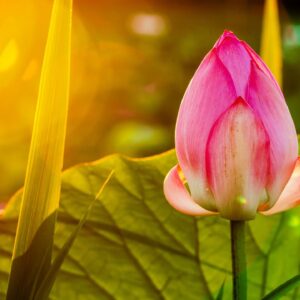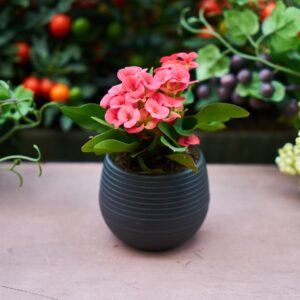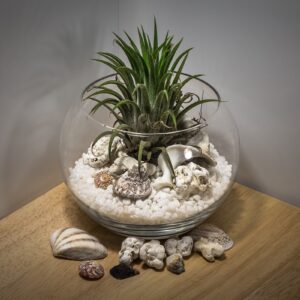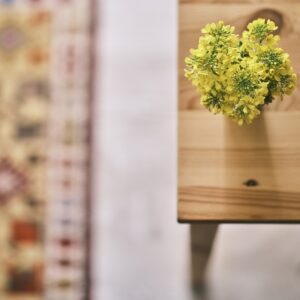Are you looking to add some greenery to your home? Houseplants are a great way to bring life and beauty to any space. But choosing the right planter for your houseplants can be a daunting task. With so many options available, it can be overwhelming to know where to start.
That’s why we’ve put together this guide to help you choose the perfect planter for your houseplants. First, it’s important to understand your houseplant’s needs. Different plants have different requirements when it comes to soil, water, and light. Choosing the right planter can help ensure that your plant thrives in its new home.
In this guide, we’ll walk you through the process of selecting the right material, size, and drainage for your planter. We’ll also offer tips on how to find a planter that complements your home’s decor. With this guide, you’ll be able to choose the perfect planter for your houseplants and create a beautiful, thriving indoor garden.
Understanding Your Houseplant’s Needs
Knowing what your indoor plants require is key to selecting the right container for them. One of the most important factors to consider is watering frequency. Some plants require more frequent watering while others prefer to be on the drier side. For example, succulents and cacti prefer dry soil and can go longer periods without water.
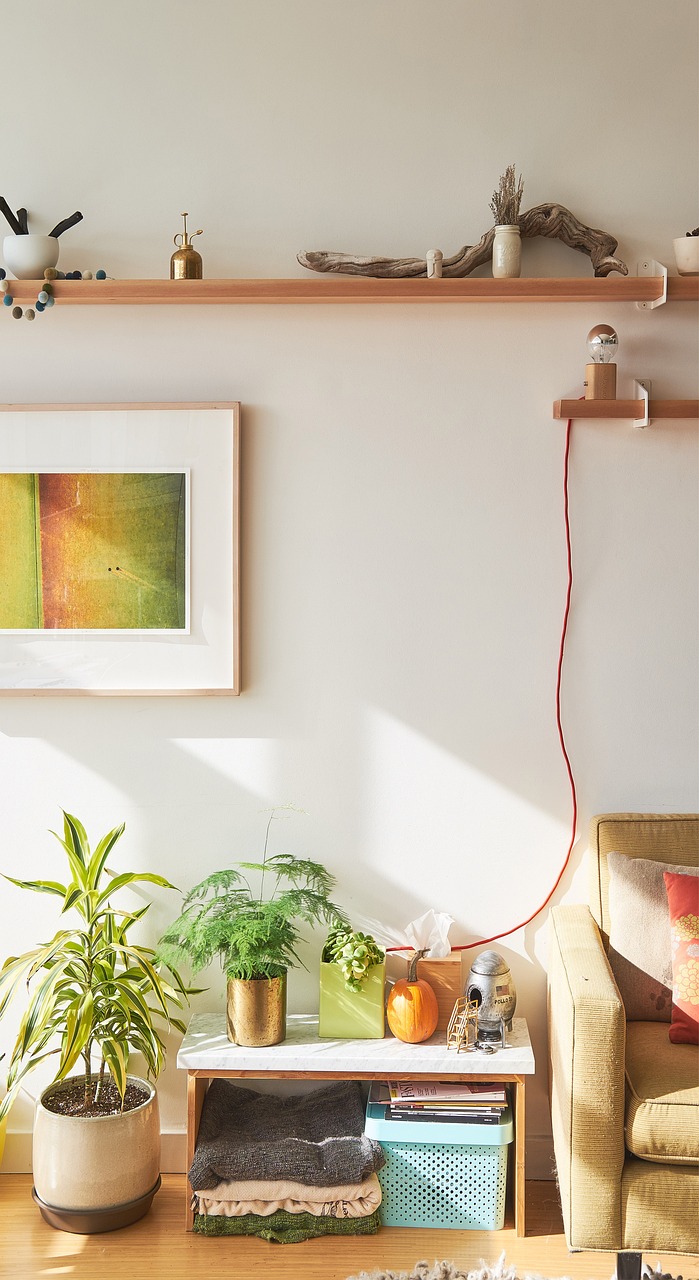
On the other hand, ferns and tropical plants thrive in moist soil and require more frequent watering. It’s important to research the needs of your specific plant to ensure you choose a planter that will provide the appropriate drainage and moisture retention.
Another important factor to consider is the sunlight requirements of your plant. Some plants require direct sunlight, while others prefer low to medium light conditions. For example, a snake plant can tolerate low light conditions and can even thrive in artificial light. However, a fiddle leaf fig tree requires bright, indirect sunlight to grow properly.
Understanding the sunlight needs of your plants will help you choose a planter that allows for proper light exposure. Keep in mind that placing a plant in a planter that is too small or too large can also affect its growth and overall health.
Choosing the Right Material for Your Planter
When it comes to picking the right container for your indoor greenery, you’ll want to consider the material.
Did you know that ceramic planters are the most popular choice among plant owners? Not only do they come in a variety of colors, sizes, and shapes, but they also provide a classic, elegant look to any room.
However, it’s important to remember that while ceramic planters are beautiful, they may not always be the most practical option. When choosing a planter, you’ll need to weigh the pros and cons of durability versus aesthetics, cost versus functionality.
Ceramic planters may be fragile and prone to breakage, especially if you have pets or young children in the house. On the other hand, plastic or fiberglass planters are lightweight, durable, and easy to clean, but they may not have the same visual appeal as a ceramic or terracotta planter.
Ultimately, the material you choose should be based on your personal preferences and the needs of your plants.
Finding the Right Size Planter for Your Houseplant
Looking for a planter that fits your indoor greenery? Check out these tips on finding the right size for your plants!
When it comes to choosing the perfect planter size, there are a few factors to consider. First, take a look at your plant’s root system. If your plant has extensive roots, you’ll need a planter that’s deeper and wider to accommodate them. If your plant has a more compact root system, a smaller planter may be suitable.
Another consideration is planter aesthetics. While you want to choose a planter that fits your plant’s needs, you also want it to look good in your space. Consider the overall size of the planter in relation to the plant’s size and the space it will be placed in.
Additionally, factor in your budget constraints when selecting a planter. Larger planters and those made of certain materials may be more expensive, so be sure to choose a size and material that fits within your budget.
With these tips in mind, you’ll be able to find the perfect planter size for your houseplants in no time!
Considering Drainage and Watering Needs
Make sure you don’t forget about the watering and drainage needs of your indoor greenery, so they can thrive in their new home! When choosing a planter for your houseplant, it’s important to consider the watering frequency and soil type.
Some plants require more frequent watering than others, and some need soil that drains well to avoid root rot. If you have a plant that requires frequent watering, look for planters with drainage holes to prevent water from sitting in the bottom of the pot.
If your plant needs soil that drains well, consider a planter made of porous materials like terra cotta or a fabric grow bag. These materials allow for air and water to circulate through the soil, promoting healthy root growth.
Remember to always choose a planter that is slightly larger than the plant’s current container to allow for growth, but not too big as it can lead to overwatering and other issues.
Finding a Planter that Complements Your Home’s Decor
Spruce up your living space with a stunning planter that effortlessly blends in with your home’s aesthetic. Finding a planter that complements your home’s decor is crucial in elevating the overall look of your living space.
One essential factor to consider is color coordination. Look for a planter that complements the color palette of your room. If your room has a neutral color scheme, opt for a planter with a pop of color to add some personality. On the other hand, if your room already has a lot of colors, choose a planter in a complementary shade or a neutral tone to balance it out.
Aside from color coordination, texture and pattern are also essential in finding a planter that complements your home’s decor. If your room has a lot of textures and patterns, opt for a planter in a solid color to avoid overwhelming the space. However, if your room has a minimalistic look, choose a planter with a unique texture or pattern to add some visual interest.
Remember, the planter is not only a vessel for your plants but also a decorative piece that should blend in seamlessly with your home’s decor.
Frequently Asked Questions
What are the best plants for small planters?
If you’re looking for plants that will thrive in small planters, consider miniature plants. These plants are perfect for small spaces, and there are many varieties to choose from.
Some popular options include succulents, air plants, and small herbs like thyme or basil. When it comes to choosing a planter, consider hanging planters as they’re a great way to maximize space and add a decorative element to your home.
Just be sure to choose a planter that’s appropriate for the size of your plant and provides proper drainage. With the right combination of plant and planter, you can create a beautiful and thriving mini garden in any small space.
Can I use the same planter for both indoor and outdoor plants?
Looking to use the same planter for both indoor and outdoor plants? While it may seem convenient, it’s important to consider the weather conditions your planter will be exposed to.
Choosing weather resistant planters is crucial to ensure your plants are protected from harsh elements like rain, wind, and extreme temperatures. Additionally, using different planters for indoor and outdoor plants can have numerous benefits.
Indoor planters can be chosen for their aesthetic appeal while outdoor planters can be chosen for their durability and ability to withstand the elements. So, while it may be tempting to use the same planter for both indoor and outdoor plants, it’s important to consider the weather conditions and choose planters accordingly to ensure healthy and thriving plants.
How often should I repot my houseplants?
Your houseplants are like people, they need space to grow. Just like humans, plants can become cramped and uncomfortable when they outgrow their living space. Signs of overgrown roots include a wilted appearance, yellowing leaves, and stunted growth.
Repotting your houseplants regularly has numerous benefits, such as providing fresh nutrients, preventing root rot, and allowing room for growth. When repotting, it’s essential to choose the right potting mix to provide your plant with the necessary nutrients and drainage.
Make sure to choose a pot that is slightly larger than the old one, with proper drainage holes. Repotting can be a messy process, but it’s worth it to ensure your plants thrive.
So, give your plants the space they need and watch them flourish.
Are self-watering planters a good option for beginners?
Self-watering planters can be a great option for beginners who are looking to simplify their plant care routine. The pros of self-watering planters are that they can prevent over or under-watering, they can be a time-saver, and they can help prevent soil compaction.
However, there are also some cons to consider such as the initial cost being higher than traditional planters, the need to check the water level regularly, and the potential for algae growth in the water reservoir. Maintenance tips for self-watering planters include cleaning the reservoir regularly, ensuring proper drainage, and using a potting mix that is appropriate for the specific plant.
Overall, self-watering planters can be a great option for beginners, but it’s important to weigh the pros and cons and properly maintain them for optimal plant health.
Can I use a decorative vase as a planter?
Looking for unconventional planters to repurpose containers into creative planting solutions? Decorative vases are a great alternative for those who want to add a touch of elegance and style to their houseplants.
Not only do they come in various sizes and shapes, but they can also be paired with different plants to create unique combinations. However, it’s important to make sure that the vase has proper drainage holes or use a layer of rocks at the bottom to avoid water accumulation.
With a little bit of creativity and some DIY skills, decorative vases can be transformed into stunning planters that will elevate any room in your home.
Conclusion
Congratulations! Now that you’ve read this guide, you’re on your way to becoming a plant parent extraordinaire.
Choosing the perfect planter for your houseplant isn’t just about aesthetics – it’s about providing the best possible environment for your green friend to thrive in.
By understanding your houseplant’s unique needs, you’ll make an informed decision about the right material and size for your planter. Don’t forget to consider drainage and watering needs – essential factors for your plant’s health.
Always keep in mind how your planter will complement your home’s decor, because a happy plant is a stylish plant!
Selecting the perfect planter for your houseplant might seem daunting, but with a little knowledge and love, a simple pot can bring joy and beauty to your home. Embrace your inner green thumb and may your plants flourish and thrive!


